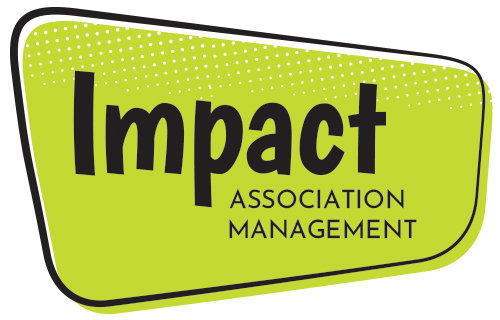The Wisconsin Funeral Directors Association is a client we took on a few months ago. This group consists of funeral homes and their funeral directors, employees, and interns. Members get the benefits of continuing education opportunities throughout the year, satisfying biennial licensing requirements, opportunities to contribute to the Madison conduit, ability to connect with other members, and a discounted rate to the WFDA Convention.
WFDA is a part of the National Funeral Directors Association whose mission is to be, “The worldwide source of expertise and professional resources for all facets of funeral service. Through education, information and advocacy, NFDA is dedicated to supporting members in their mission to provide families with meaningful end-of-life services at the highest levels of excellence and integrity.” This is something WFDA follows closely as well.
WFDA’s Executive Administrators from Impact are Caroline and Heather. These two support WFDA by handling the financials, website updates and changes, event planning, and member communication. These duties also include social media, newsletters, and learning more about the industry. Their hands have been full helping to manage this large client. They have both loved the experience so far and look forward to seeing where they can take WFDA.





